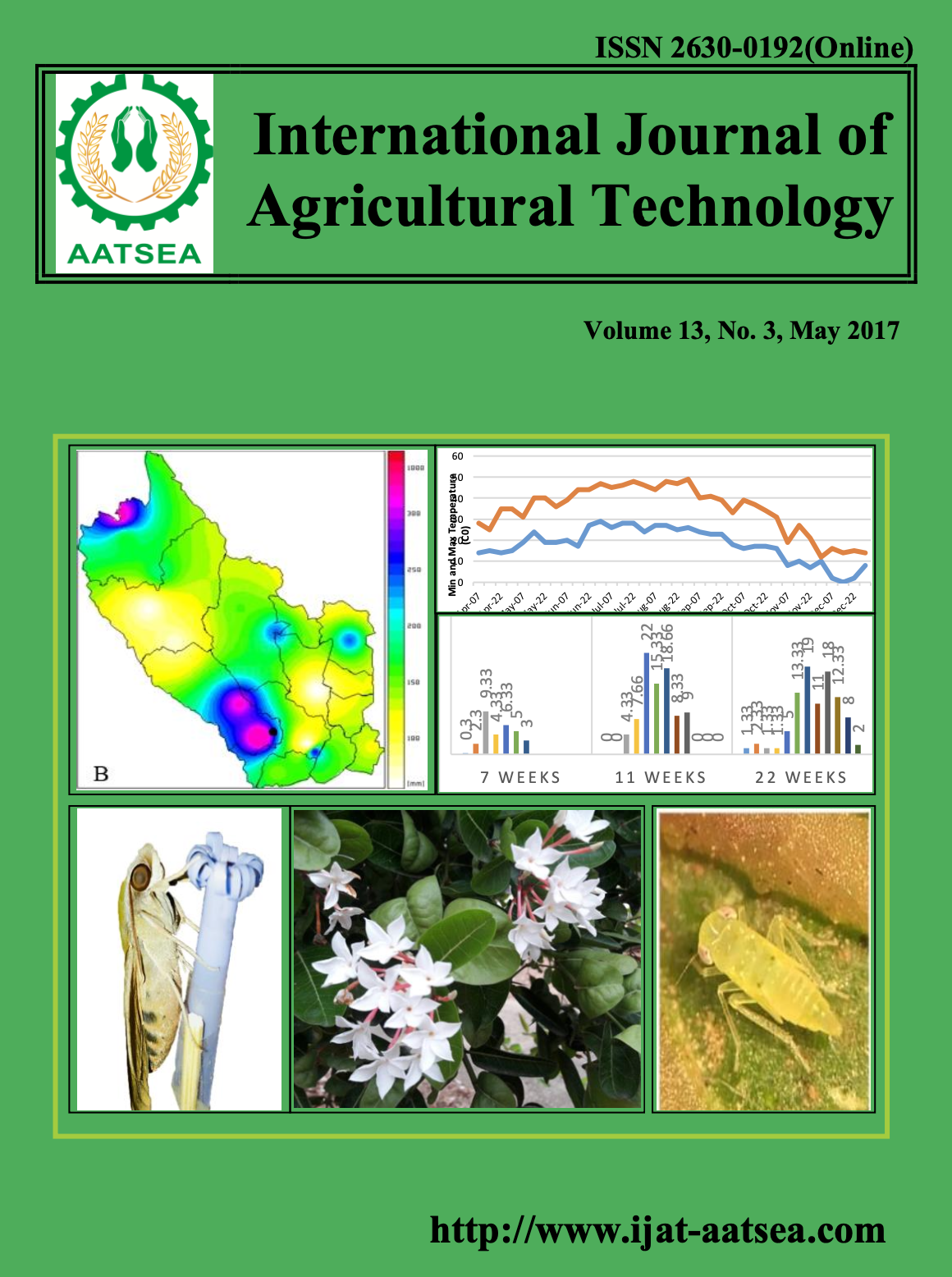A comparison of the effects of mangrove ecosystems (disturbed and undisturbed) on the populations of birds and fishes at Hope Beach, East Coast Demerara, region 4, Guyana
Main Article Content
Abstract
Mangroves are very productive ecosystems that provide habitats and food to many terrestrial and aquatic organisms. However, humans constantly degrade mangroves for agricultural purposes, near shore mining, fishing, the construction of infrastructure and other activities, which destroy the habitats of many organisms. This study compared the population of birds and fishes in two mangrove sites that were categorized as disturbed and undisturbed. From the results obtained it was observed that the populations of birds and fishes were higher in the undisturbed compared to the disturbed. However, the disturbed site had a higher forest density. Moreover, the undisturbed site comprised of a mixed mangrove forest with three mangrove species, while the disturbed had one species. Further, this study emphasized how anthropogenic activities affect birds and fishes utilizing mangrove forests for survival. It was revealed that little to no disturbance in a mangrove forest encourages higher populations of living organisms particularly birds and fishes.
Article Details

This work is licensed under a Creative Commons Attribution-NonCommercial-NoDerivatives 4.0 International License.
References
Avery, J. A, Bowmaker, J. K. (1982). Visual pigments in the four-eyed fish, anableps anableps. nature 298: 62–63.JA Avery JK Bowmaker1982Visual pigments in the four-eyed fish, Anableps anableps. Nature 2986263.
Beckman, D. (2013). Marine Environmental Biology and Conservation- the estuary and marsh: habitat impacts and environmental protection, Published by Jones & Bartlett Publishers pp: 144-146.
Bird Life International (2012). Fregata magnificens. IUCN Red List of Threatened Species. Version 2013.2. International Union for Conservation of Nature, pp 1.
Dunning Jr, J. B. (2008) CRC Handbook of Avian Body Masses, 2nd Edition. CRC Press, 23 pp.
Ferrier, D. (1992). A Management Strategy for Mangrove Ecosystems in Guyana. (Master’s Thesis). University of Stirling, United Kingdom.
Guyana Forestry Commission. (2005). Mangrove handbook action plan http://www.forestry.gov.gy/Downloads/Mangrove%20Action%20Plan.pdf.
Walters, B. B., Ronnbak, P., Kovacs, J. M., Crona, B., Hussain, S. A., Badola, R., Primavera, J. H., Barbier, E. and Dahdouh-Guebas, F. (2008). Ethnobiology, socio-economics and management of mangrove forests: A review. Aquatic Botany 89:220–236.
IUCN Redlist of Endangered species (2010). Sciades couma, Acero, A. and Betancur, R. http://dx.doi.org/10.2305/IUCN.UK.2010-4.RLTS.T154804A4637237.en.
Parrish, J. D. and Sherry, T. W. (1994). Sexual habitat segregation by American redstarts wintering in Jamaica: Importance of resource seasonality. Auk 111:38-49.
Robert, H., Katherine, C. and Jason, J. (2006). Tracking human disturbance in mangroves: estimating harvest rates on a Micronesian Island. Wetland and Management 14: 95-105.
Wah, L. M., Mojiol, R. and Ejria, S. (2011). Diversity of mangroves ecosystem in semporna mangrove forest, Universiti Malaysia Sabah, Malaysia. pp. 8-13.


